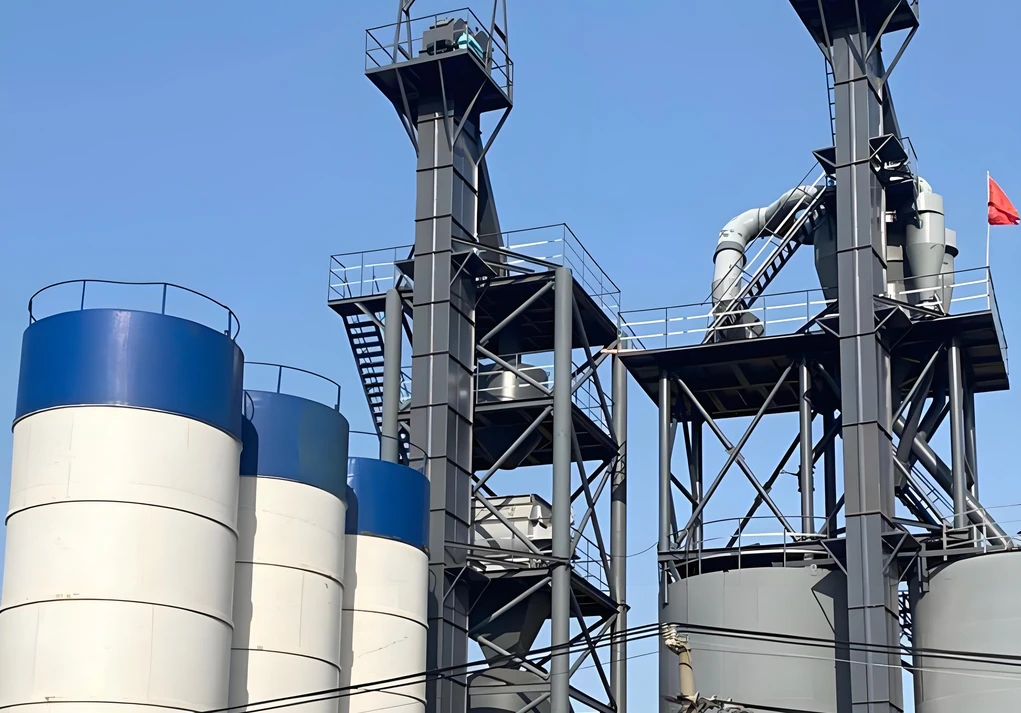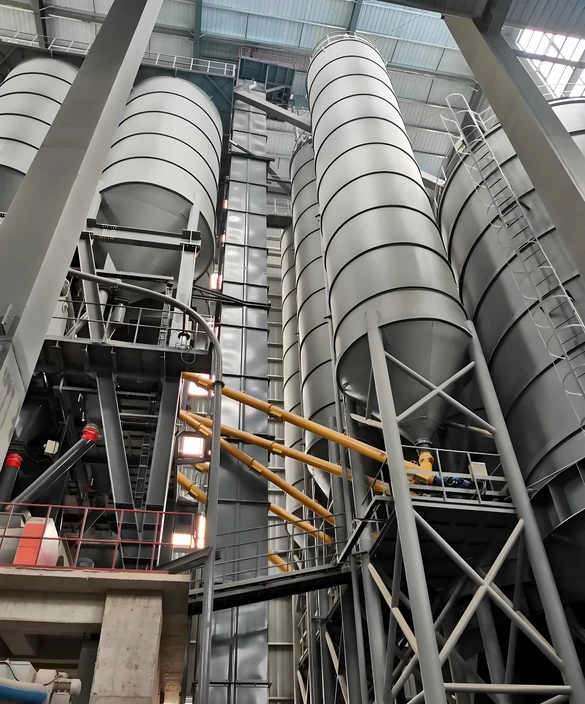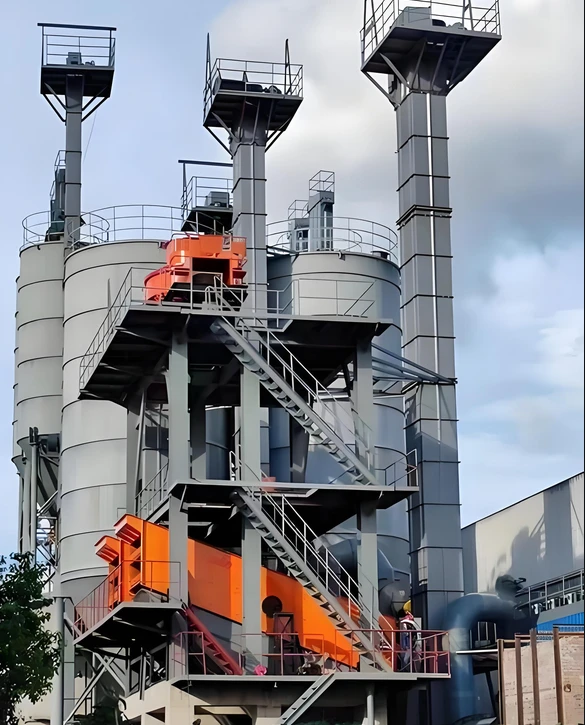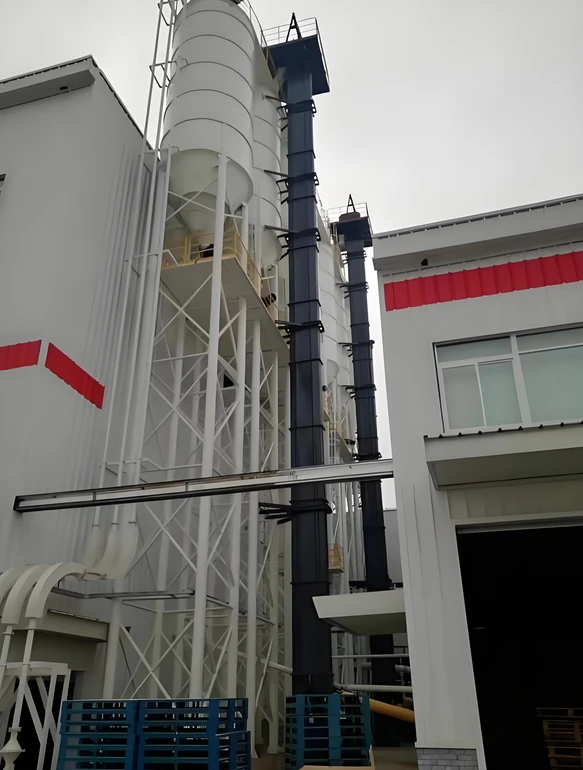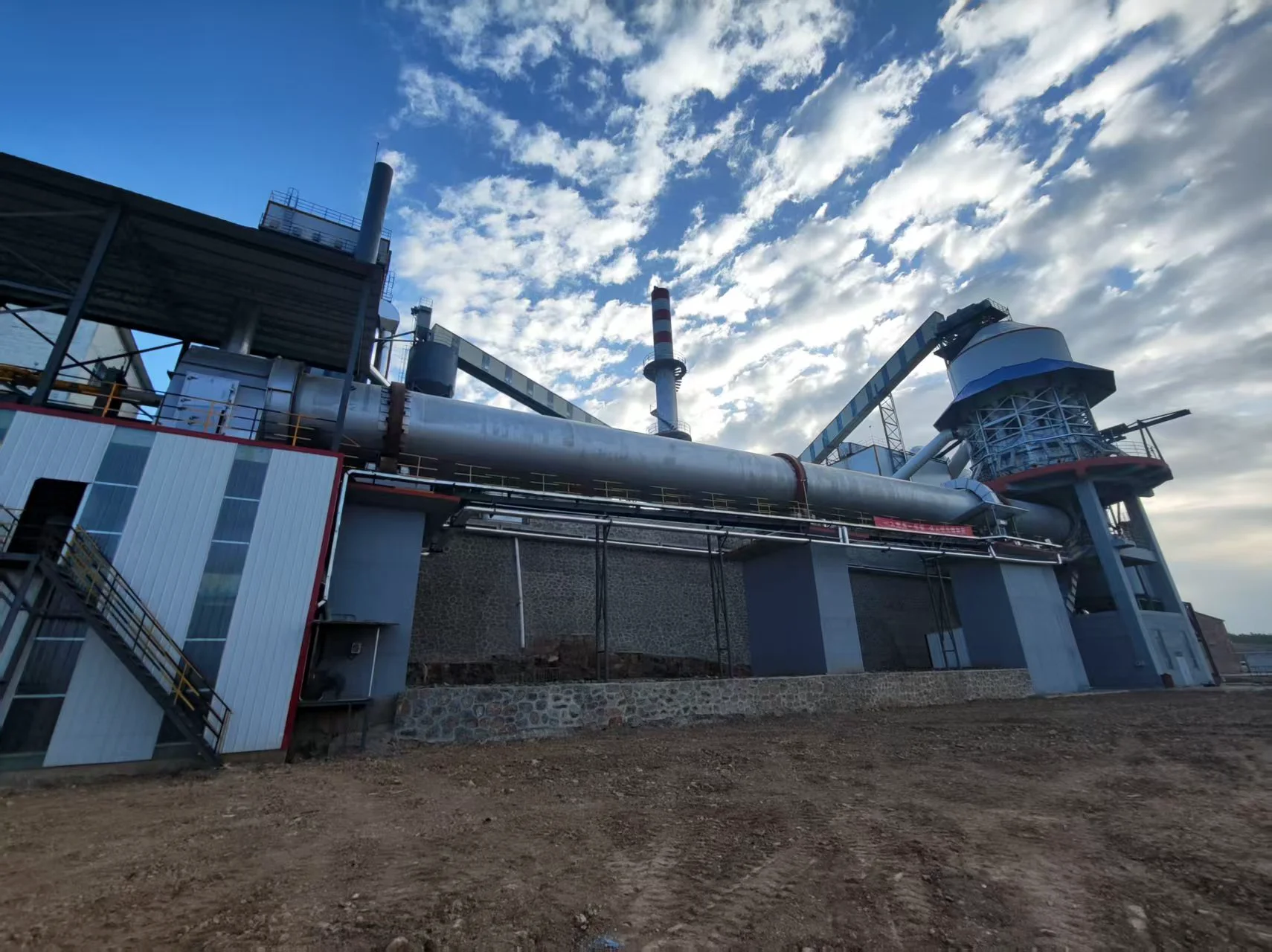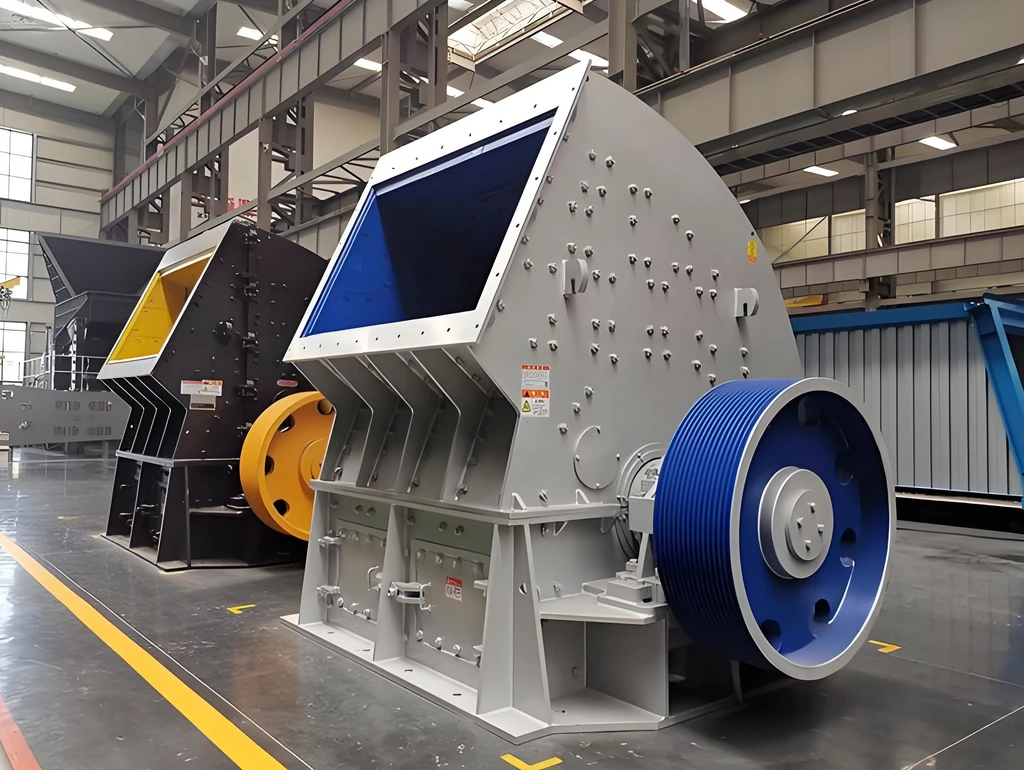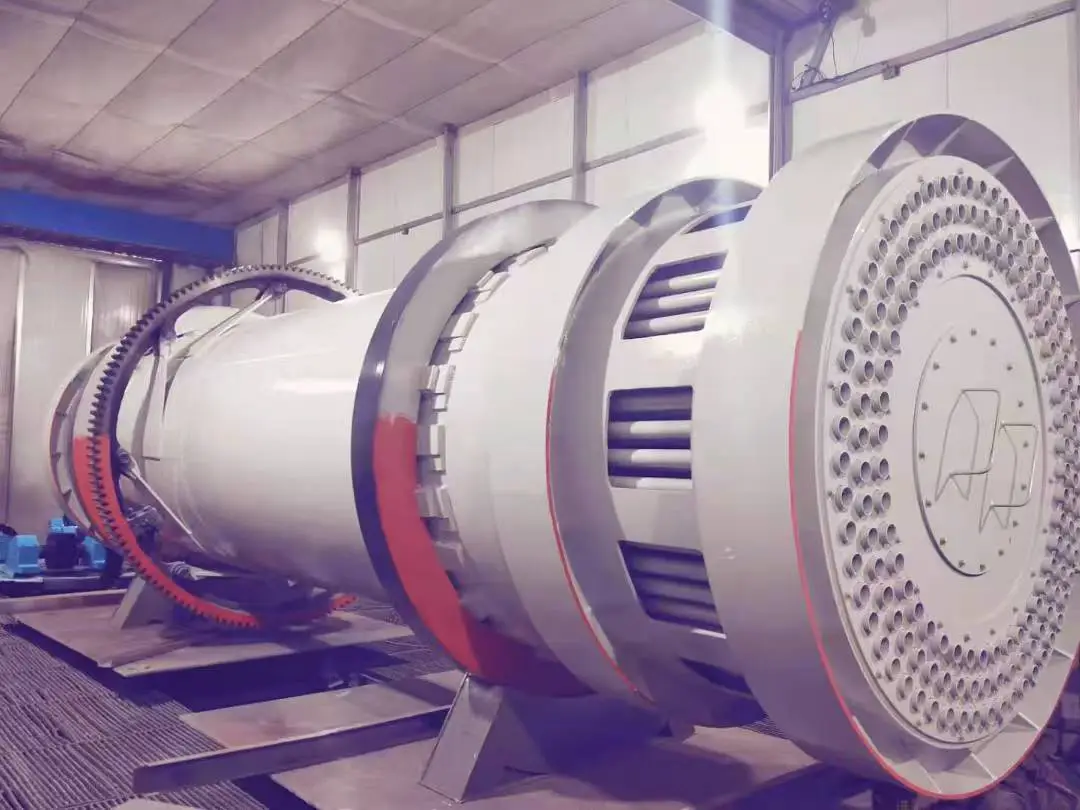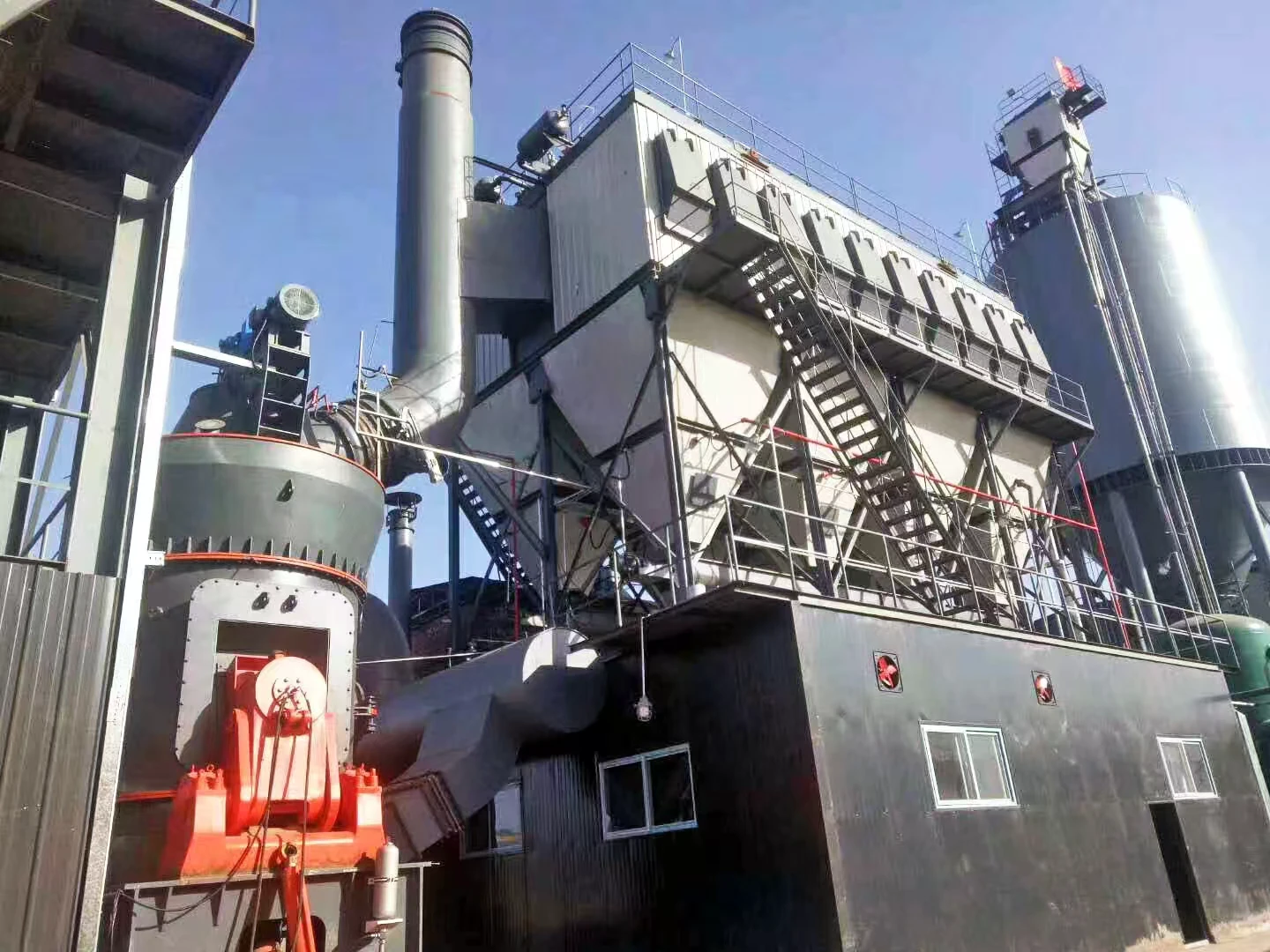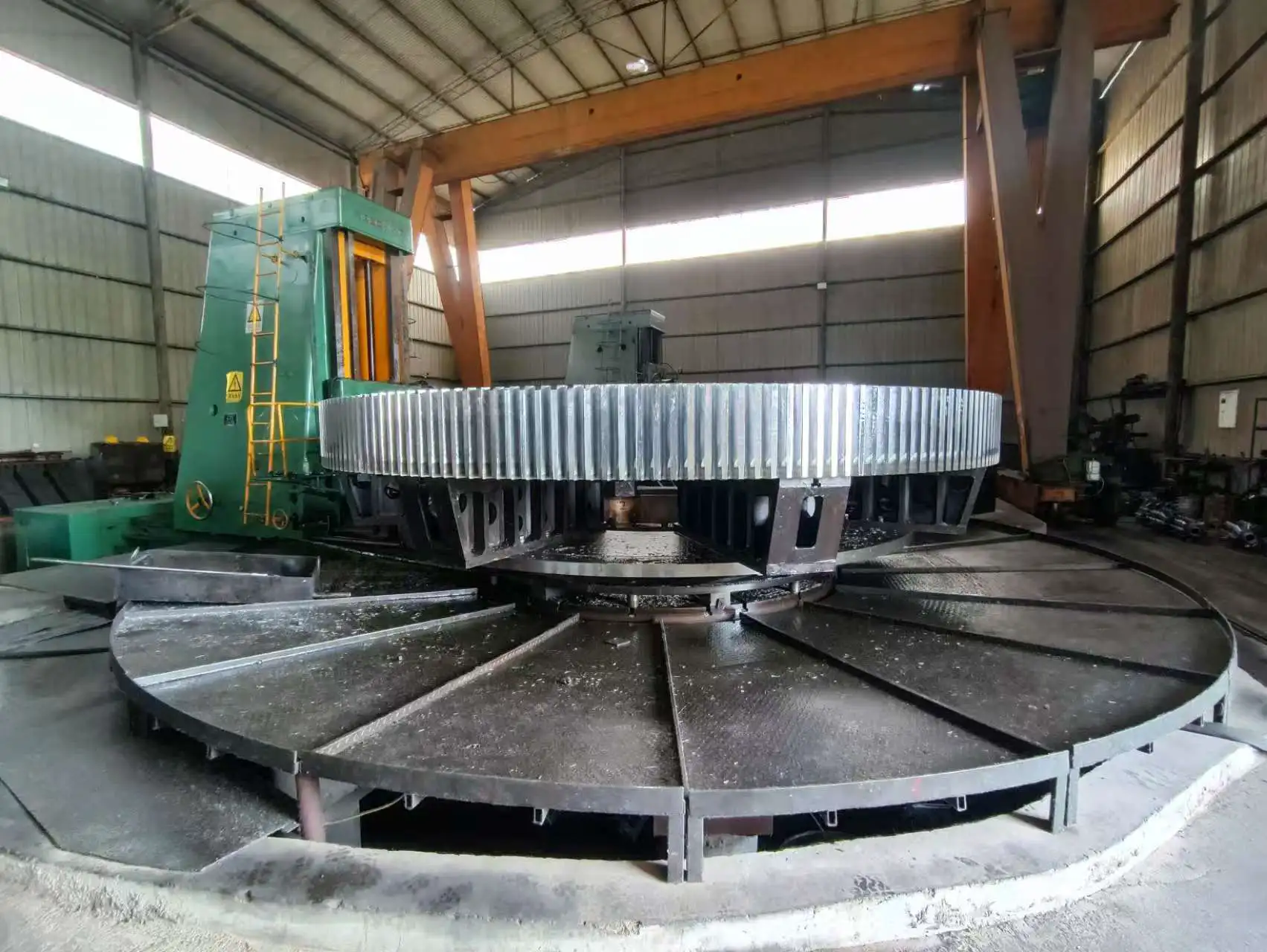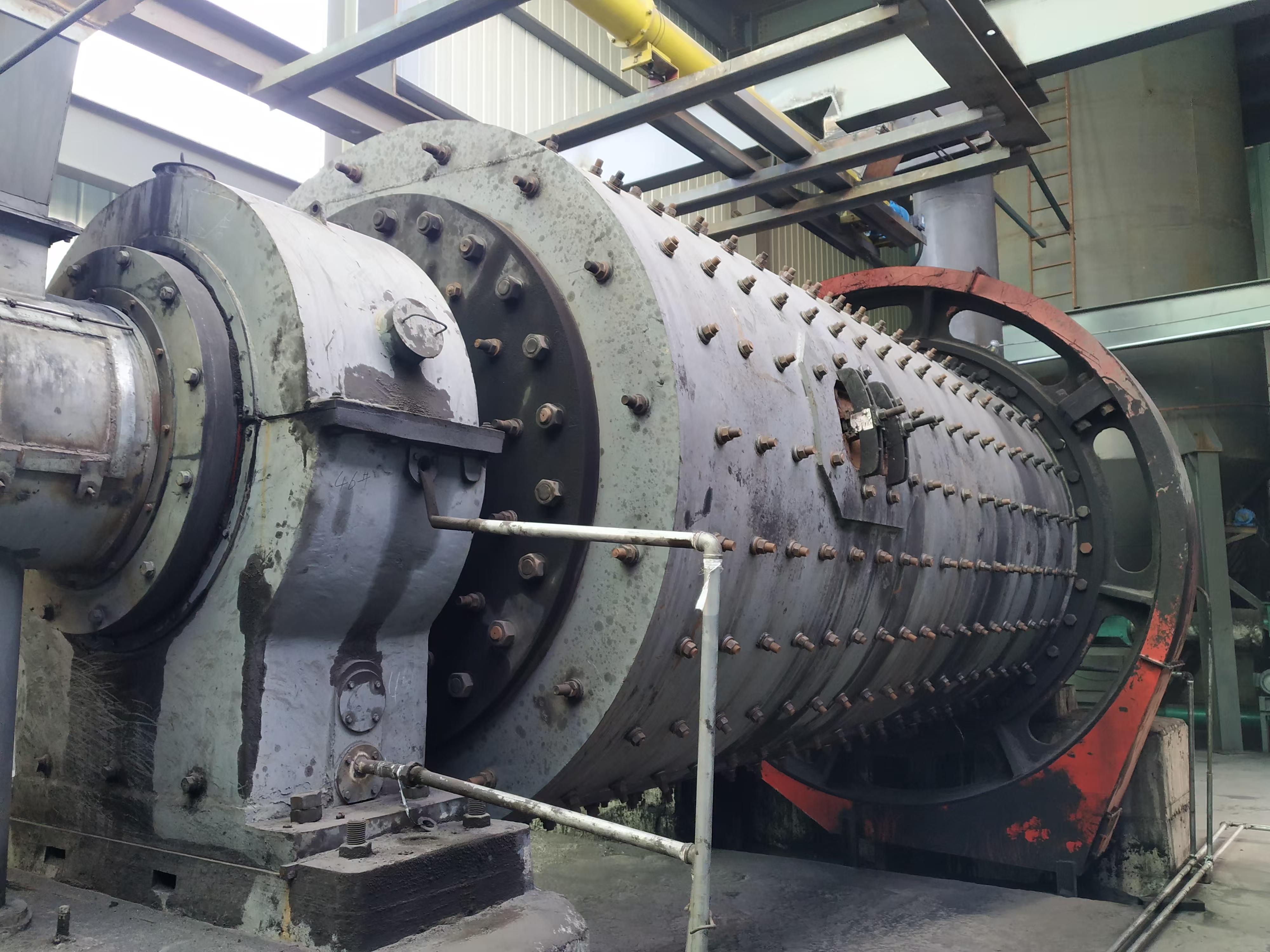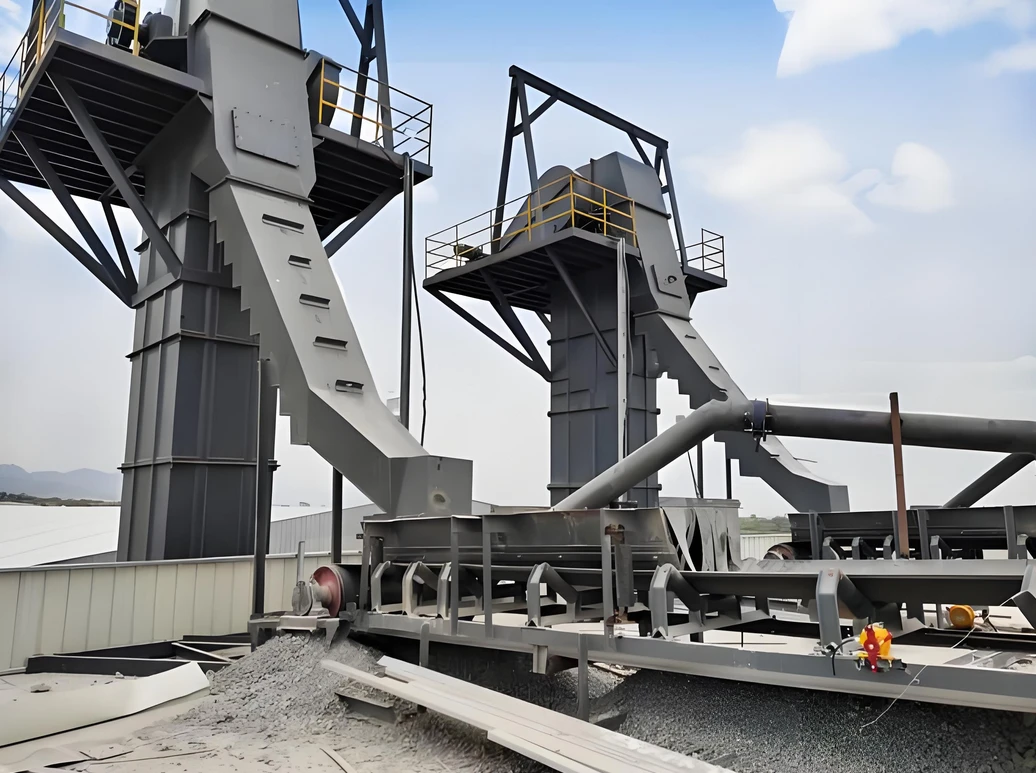Main components
Hopper: a container for carrying materials, usually made of metal or plastic.
Belt: a traction member that fixes the hopper and transmits power, usually a high-strength rubber belt.
Drive device: includes a motor, a reducer and a drive roller, providing power to move the belt.
Head and tail: the head is the driving end and the tail is the tensioning end.
Shell: a closed structure to prevent material leakage and dust flying.
Tensioning device: maintain proper tension of the belt to prevent slipping or relaxation.
Working principle
The TD elevator drives the belt to circulate through the drive roller. The hopper loads the material at the bottom, lifts the material to the top with the movement of the belt, and then unloads it at the top by centrifugal force or gravity. The empty hopper returns to the bottom to complete a cycle.
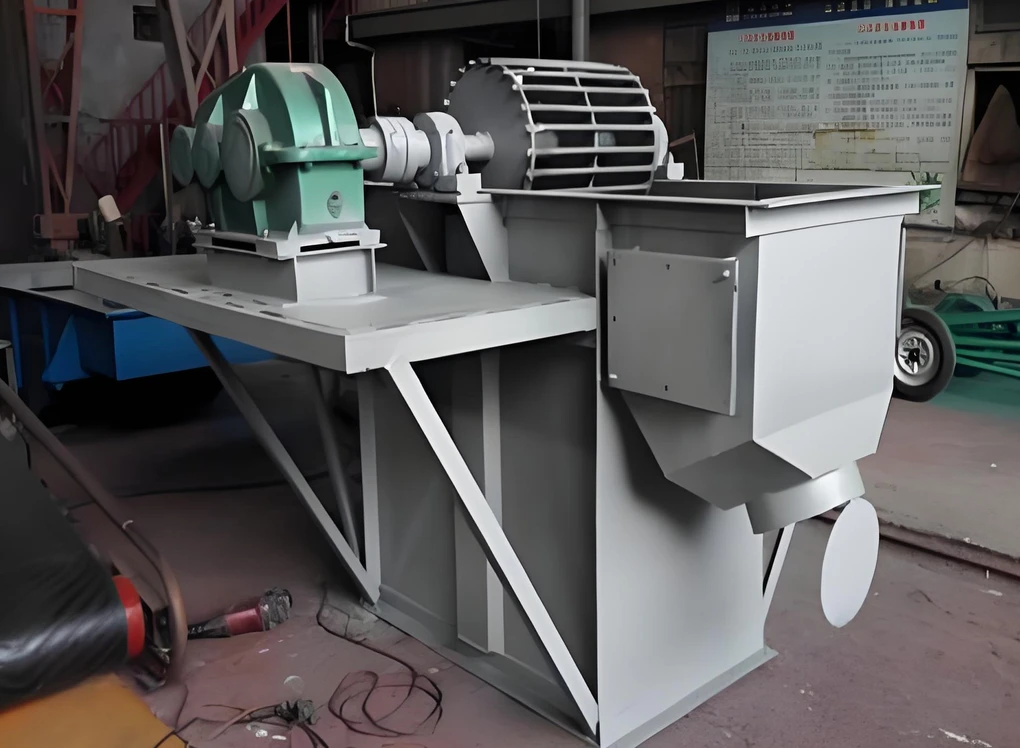
Advantages
High efficiency: large conveying capacity, lifting height can reach tens of meters.
Smooth operation: low belt transmission noise and stable operation.
Good airtightness: the shell is closed to prevent material leakage and dust pollution.
Strong adaptability: can transport a variety of materials, including powder, granular and small pieces.
Disadvantages
High maintenance requirements: belts and hoppers are easy to wear and require regular maintenance.
High energy consumption: compared with other lifting equipment, it consumes more energy.
Sensitive to material characteristics: materials with high viscosity or high humidity may lead to incomplete unloading.
Application scenarios
Grain industry: transporting grains, feed, etc.
Chemical industry: transporting fertilizers, plastic particles, etc.
Building materials industry: transporting cement, lime, sand and gravel, etc.
Metallurgical industry: transporting ore, slag, etc.
Common types
Centrifugal unloading: using centrifugal force to throw materials out of the hopper, suitable for transporting materials with good fluidity.
Gravity unloading: using the material's own gravity to unload, suitable for transporting materials with poor fluidity.
Mixed unloading: combining centrifugal and gravity unloading, suitable for transporting a variety of materials.
Common problems and solutions
Hopper wear: regularly check the hopper status and replace the severely worn hopper.
Belt slippage or breakage: Check belt tension and wear and replace in time.
Material blockage: Adjust feed rate and clear blockage.
Excessive noise: Check belt tension and lubricate drive.
Maintenance
Regularly check hopper and belt wear.
Lubricate drive.
Clean material accumulation in housing.
Check tensioner to ensure proper belt tension.
